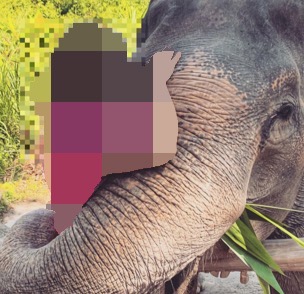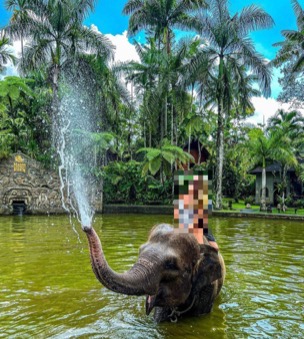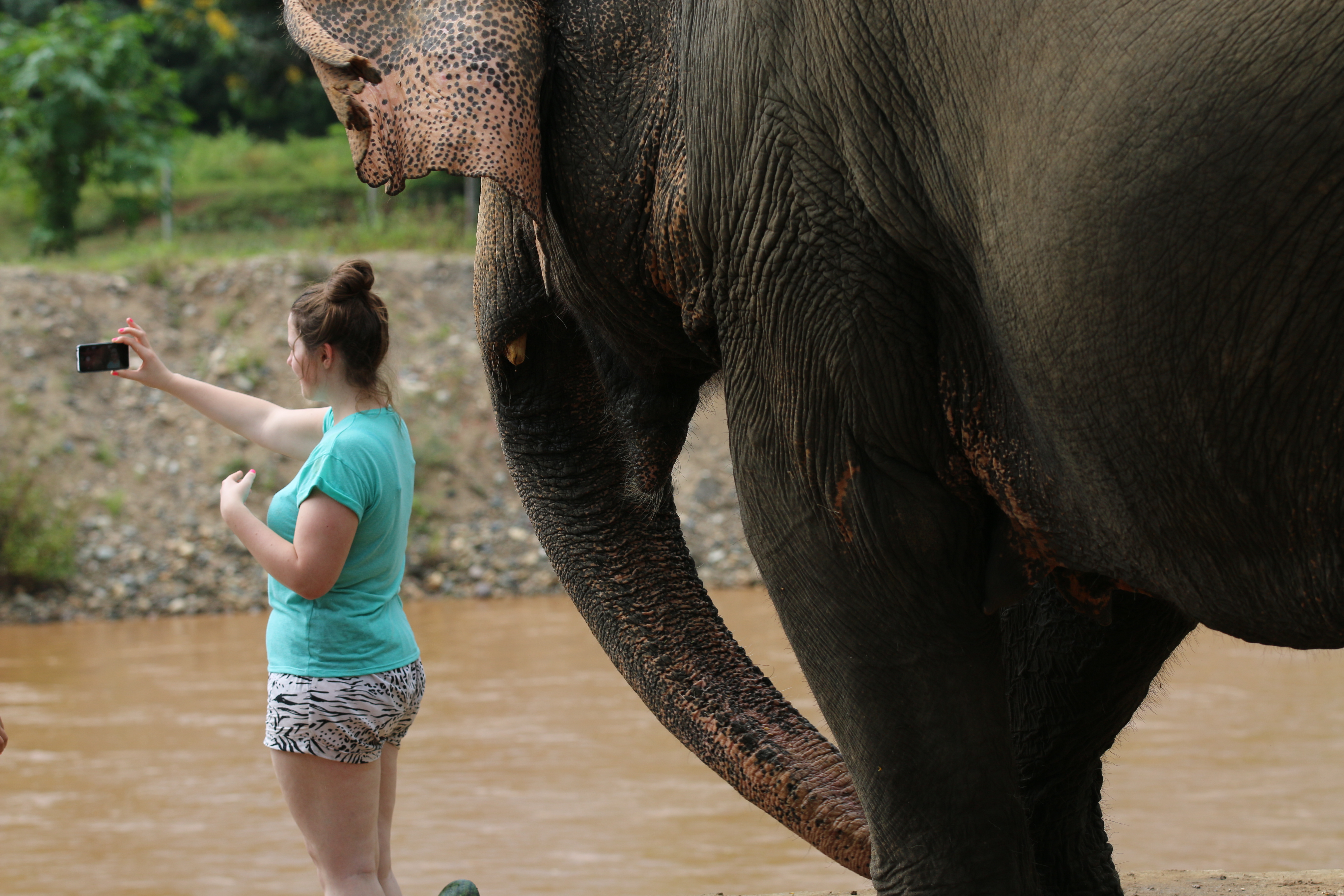News
The tricky issue of photos with wild animals shared on social media – a new study published evaluating Instagram’s wildlife selfie alert
The recent phenomenon of ‘wildlife selfies’ shared on social media may seem harmless and is presumably well intentioned by the person taking, or in, the photo, but can involve animals illegally or unsustainably captured from the wild, kept in poor conditions, and/or subject to cruel treatment (such as having their claws or teeth removed, or undergoing excessive training, to ensure that they can be handled safely). The term wildlife selfie refers to a photo showing a person touching (touching, holding, riding, or washing, sometimes ‘hugging’ or ‘cuddling’) or simply very close to a wild animal (usually, but not necessarily, one that has been either captive-bred or is held in captive conditions) that is taken either by the person shown in the image or by someone else. The popularity of wildlife selfies is such that a number of species found in popular tourist destinations (ranging from snakes, sloths, macaques, and slow lorises to lion and tiger cubs, dolphins, and elephants) are used as part of a photo-prop industry where tourists pay to pose with them for photographic souvenirs.
To address this issue, in 2017 Instagram introduced a pop-up alert system that is triggered when users search for wild animal selfie hashtags, warning of the potential negative impacts of wildlife selfies on wild animals. The aim of the initiative was not to block access to the posts but to educate users on the welfare issues that may underlie a seemingly benign animal encounter. The warning provided also includes a link to further information about wildlife exploitation to help users understand more about the problem. This initiative is clearly well-intentioned, but a recent study [https://doi.org/10.1371/journal.pone.0283858] by Lauren Harrington (a Research Associate and former Senior Researcher at WildCRU) and colleagues from World Animal Protection [https://www.worldanimalprotection.org/ ] (Neil D’Cruze and Angie Elwin), using elephant selfies as a test case, revealed that implementation of the warning is in fact limited, inconsistent, and, in many cases, appears to be mismatched with the type of content that it was intended to highlight. Of 244 hashtags related to elephant selfies, 98% failed to trigger Instagram’s alert system. Whilst #elephantselfie did trigger the warning, #elephantselfies did not, yet both were associated with posts showing the types of wildlife selfie identified as being of potential concern (i.e. those showing close or direct contact with wild animals). Conversely, #elephantselfie (which did trigger the warning) was associated, in almost half of all posts examined, with images showing only apparently wild elephants where the warning was irrelevant. A brief search for other wildlife species featured in wildlife selfies on Instagram revealed similar inconsistencies: #koalaselfie, #slothselfie, and #monkeyselfie all trigger the warning but the plural versions of these terms—#koalaselfies, #slothselfies, #monkeyselfies do not. Further, the warning is not shown when posting an image, or if a post is viewed directly by a follower, only if the post is encountered via a hashtag search. The study compared the popularity of posts, and the content and sentiment of their comments, between pairs of posts that used similar hashtags, one of which triggered the warning and one of which that did not (e.g. posts using #elephantselfie and posts using #elephantselfies), but whilst there was some variation in all post metrics, there was no evidence that this was associated with the presence of Instagram’s warning.
Over 200 travel companies and tour operators have committed to move away from selling or promoting venues offering elephant shows, rides, or other forms of direct contact between tourists and elephants. Yet posts on Instagram, and their associated commentary, suggest a lack of awareness more broadly of the potential negative welfare impacts on elephants involved in these types of activities. In general, elephant selfie posts included in the study appeared to be perceived by viewers as loveable, exciting, visually appealing, overall positive, and enviable experiences. The most likely explanation for the apparent lack of effect of Instagram’s warning is simply that it wasn’t seen – the study concludes that significant improvements are needed in terms of distribution and visibility if the warning is to achieve its original aim.
This work is closely linked with WildCRU’s earlier research on the use of wild animals in tourism [https://www.wildcru.org/research/wildlife-tourism/ ] and illustrates a number of issues raised in our 2021 paper on Trading Animal Lives [ https://doi.org/10.1093/biosci/biab035] and the protection of commodified wild animals.
-
 example elephant selfie images posted on Instagram. Reproduced from Harrington et al. 2023 PLoS ONE 18(4): e0283858. https://doi.org/10.1371/journal.pone.0283858
example elephant selfie images posted on Instagram. Reproduced from Harrington et al. 2023 PLoS ONE 18(4): e0283858. https://doi.org/10.1371/journal.pone.0283858 -
 example elephant selfie images posted on Instagram. Reproduced from Harrington et al. 2023 PLoS ONE 18(4): e0283858. https://doi.org/10.1371/journal.pone.0283858
example elephant selfie images posted on Instagram. Reproduced from Harrington et al. 2023 PLoS ONE 18(4): e0283858. https://doi.org/10.1371/journal.pone.0283858 -
 ©Neil D'Cruze/World Animal Protection
©Neil D'Cruze/World Animal Protection





